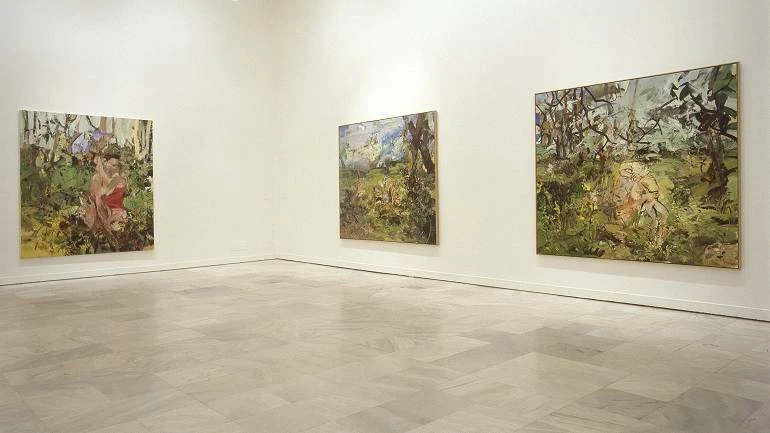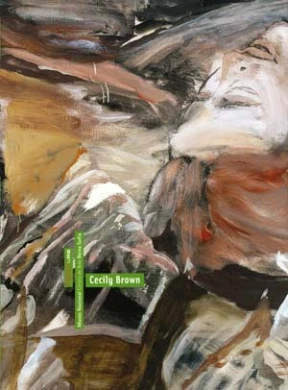Cecily Brown

This exhibition, organised by the Museo Nacional Centro de Arte Reina Sofía, is part of Espacio Uno’s programme and is composed of eight large oil paintings belonging to the artist’s last series. The paintings offer syncopated landscapes that seem to be built from fragments in motion. Thus, in Lagoon (2004), one can make out a lake between branches, flowers and bits of sky and mountains. In Ambush Makeover (2003) ambushed bodies under leaves and flowers are suggested. Brown paints female desire with absolute honesty, from abandonment to absolute control, from pleasure to laughter. The artist’s mastery lies in the ease with which her stroke, rapid and vigorous, oozes vitality and sensuality throughout her works. Brown’s artistic space is a kind of living organism, generated within certain parameters that allow improvisation and a monitoring of the impulses of instinct.
Artists
Organised by
Museo Nacional Centro de Arte Reina Sofía
Image gallery

